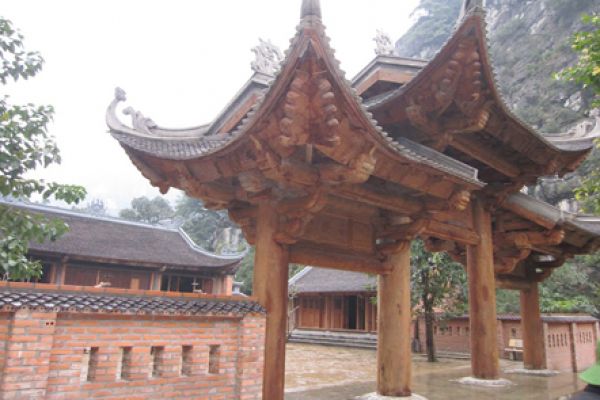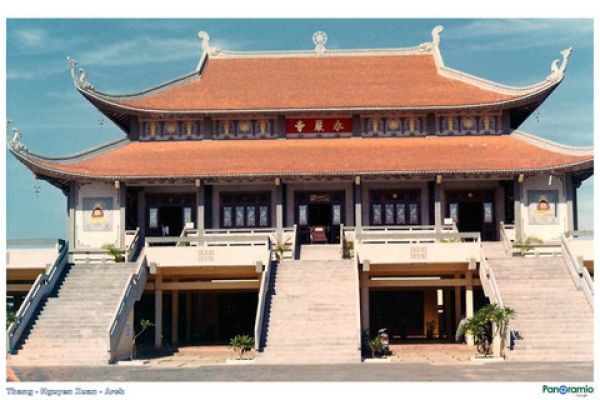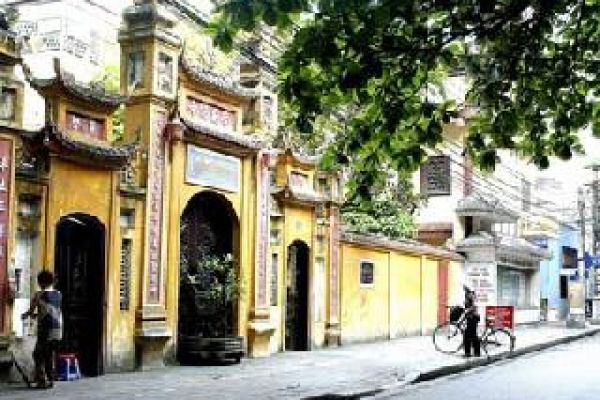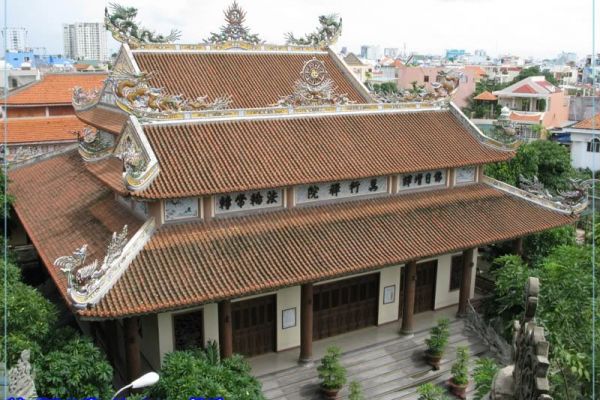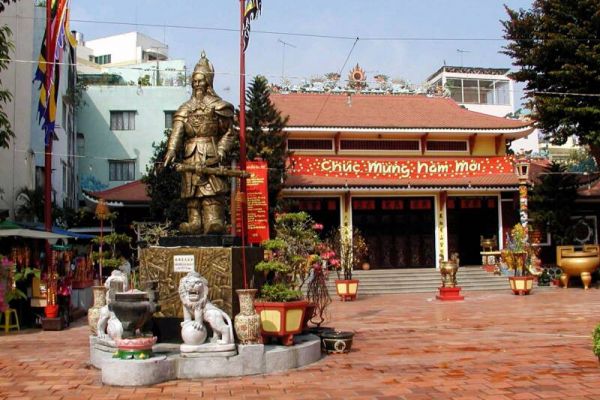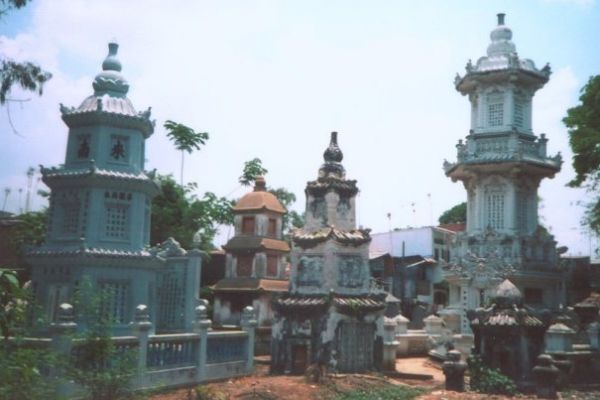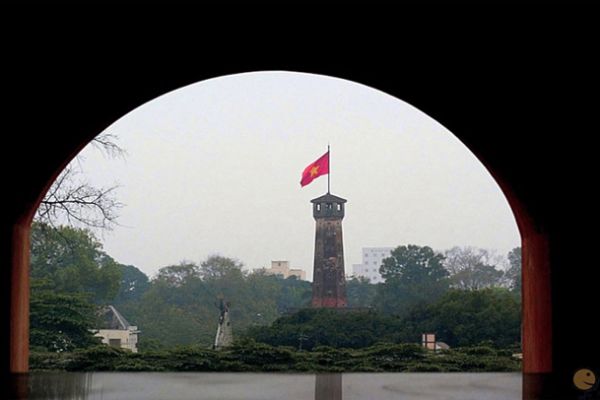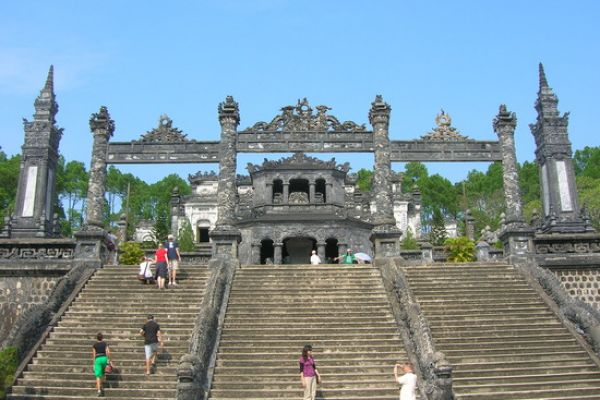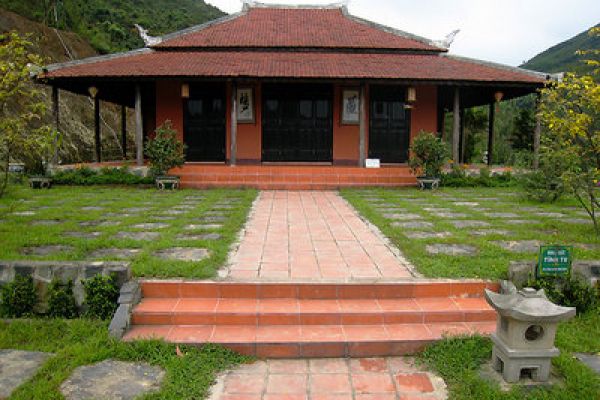Phat Tich is the cradle of Vietnamese Buddhism. It was the first place where Indian Buddhism was introduced.
Also known as Van Phuc, the pagoda in Tien Du District, Bac Ninh was built between the 7th and 10th centuries and renovated throughout the years before its destruction in 1947 during the war against the French. Since it was important to Buddhist life, it was roughly rebuilt in 1958.
Along the moss-covered path to the main hall are two lines of stone horses, buffaloes, rhinos, elephants and lions on their knees, which are among a few vestiges of the ancient pagoda.
During the Ly Dynasty in 1057, a tower was built at the pagoda but it later collapsed, thus exposing what was described as the country’s largest Buddha statue, which is 1.85m high. It is a real treasure. There are also a dozen of lower towers said to hold the remains of senior monks.
Visitors can also see a giant stone statue of Buddha on the peak of Phat Tich Mountain, which took three years to build. The statue is 27m tall and weighs 3,000 tonnes, making it one of the largest stone statues in Southeast Asia.
Actually, the architecture of the pagoda is quite similar to that of others in northern Vietnam but it is worth dropping by it to get a glimpse of the birthplace of Vietnamese Buddhism.

Stone horses, buffaloes, rhinos, and lions on their knees in front of the main hall

The wooden gate to the main hall of the pagoda

The bronze bell and the drum (in the background) hung above the entrance to the pagoda

A side stone staircase to the pagoda
Source: Dan Tri
Vietnam travel - Vietnam travel companies - Tours in Vietnam

